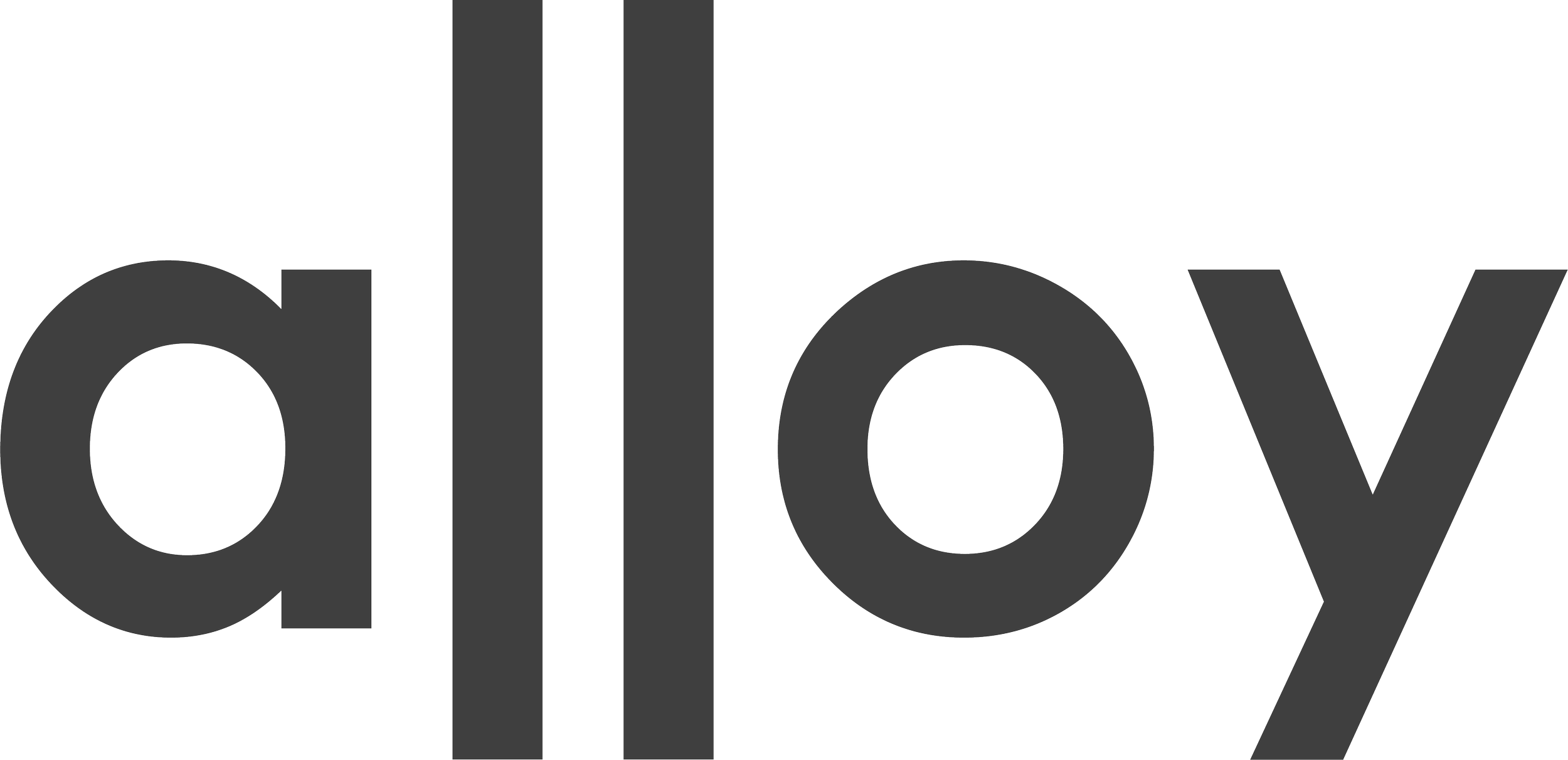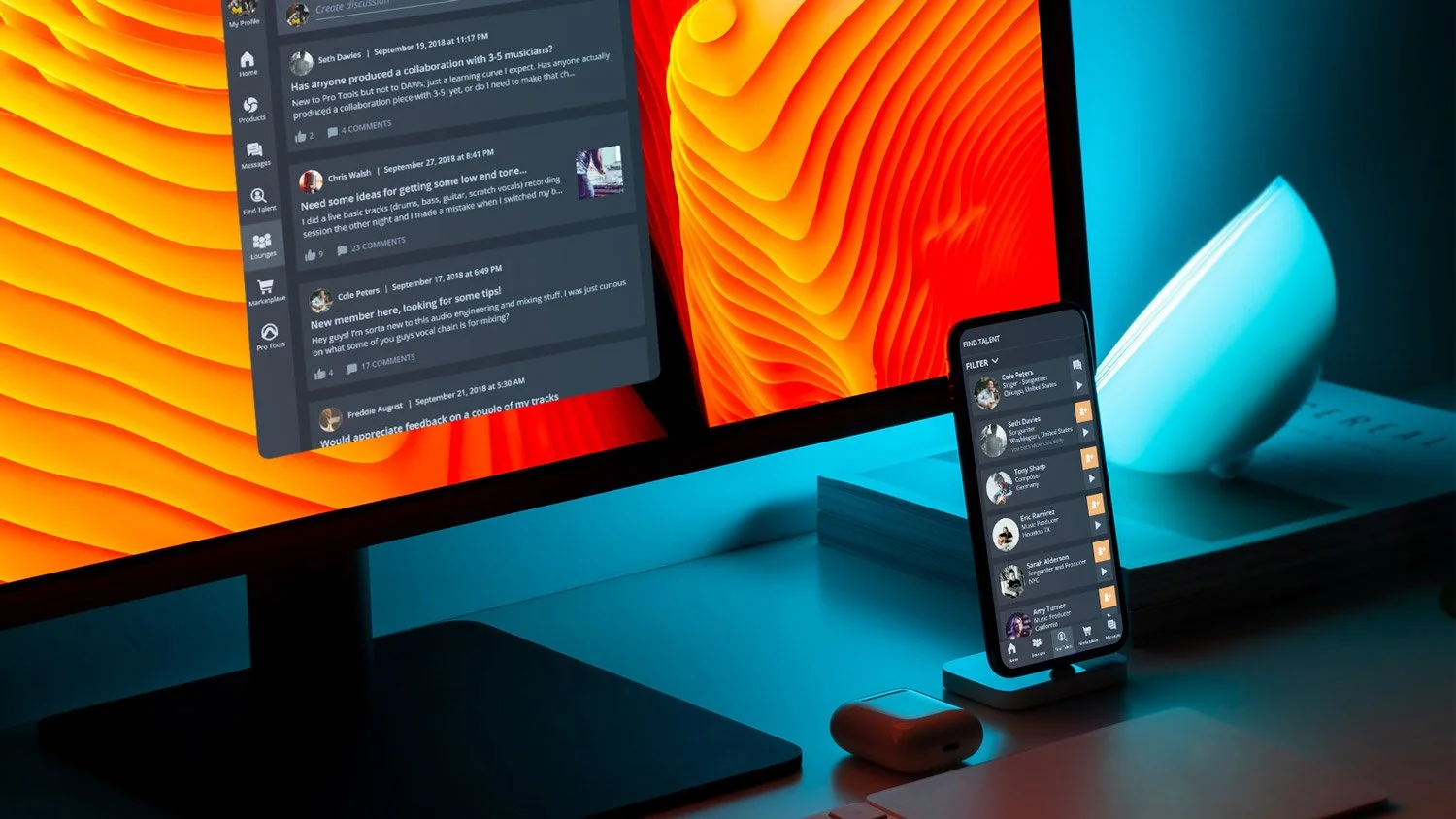How to Choose the Right Product Design Agency
The design of your product could make or break its success in today’s fast-paced market. With the global product design services market set to double from $14 billion in 2022 to over $29 billion by 2028, competition is fierce, and stakes are high. Picking the right agency can be the single most crucial decision you make for your product’s future.
But how do you sift through countless agencies vying for your attention? It’s not just about eye-catching portfolios or impressive client lists; it’s about finding the agency that understands your vision, excels in technical execution, and brings something unique to the table.
Here, we break down the essential steps to help you confidently choose a product design agency that’s not only reliable but a true partner in innovation. Let’s dive in.
Tips for Choosing the Right Design Agency for You
1. Define Your Needs and Goals
Before you approach any agency, clarify your objectives. Are you looking for end-to-end design services, or do you need specific expertise in areas like prototyping or user experience? Clear goals will guide you to agencies with relevant specializations.
2. Confirm a Budget and Timeline
Setting a realistic budget and timeline early on can save you from misunderstandings. Look for agencies that offer transparent pricing and clear project milestones, ensuring you know exactly what you're paying for.
3. Explore Their Range of Services
Product design is multifaceted. Some agencies may focus on the creative process, while others bring manufacturing expertise. Find out if they offer services like prototyping, user testing, or market research that align with your needs.
4. Assess Agency Dynamics
Choosing an agency is like choosing a partner. Look at their team’s experience, work style, and client rapport. A collaborative approach can lead to breakthroughs, while a rigid structure could hinder your vision.
5. Prioritize Communication
Effective communication is key to a successful project. You want an agency that keeps you in the loop, invites feedback, and is easy to reach. Transparent, open communication from day one can prevent costly missteps.
6. Look for Transparency
Transparency builds trust. Find an agency that’s upfront about their processes, timelines, and pricing. Agencies that offer vague estimates could lead to surprises down the line.
7. Seek Industry Experience
Agencies with experience in your industry are likely to understand the nuances of your target market and regulatory requirements. This can streamline the development process and improve the final product’s relevance.
8. Seek Referrals
Ask for recommendations from colleagues or industry contacts. Personal experiences offer valuable insight into how an agency works beyond the polished sales pitch.
9. Read Testimonials and Reviews
Real feedback from clients can reveal the strengths and weaknesses of an agency. Positive testimonials on aspects like creativity, flexibility, and reliability speak volumes.
10. Go with your Gut
At the end of the day, choosing a product design agency is about trust. Do you feel confident in their abilities? Do you trust them to take your vision and turn it into reality? If something feels off, it probably is.
When you work with Alloy, you’re not just hiring a design agency—you’re partnering with a team of experts who are passionate about bringing your product to life. We’ve been doing this for years, and we know how to make the process smooth, efficient, and successful.
FAQ About Choosing the Right Product Design Agency
-
Start by assessing whether the agency has experience in your industry or with similar types of products. Review their portfolio to see if they’ve successfully tackled challenges like yours and if their style aligns with your vision. Ask about their process, timelines, and how they handle feedback. Most importantly, assess if there’s a genuine interest in your project—good agencies will ask insightful questions about your goals, audience, and competitive landscape to understand the core of your product.
-
Not necessarily. Large agencies often have extensive resources and diverse expertise, which can be beneficial for complex projects. However, smaller agencies might offer more flexibility, personal attention, and faster decision-making, which is ideal for certain projects. It’s all about fit: consider the scope of your project, your budget, and your need for hands-on attention. Sometimes, a smaller, focused team may provide more innovative and dedicated support than a large agency with more projects on the go.
-
Some key red flags include lack of transparency, vague timelines, or reluctance to share a clear process. If an agency is unable to provide concrete examples of past successes, or if they make promises that seem unrealistic or overly ambitious, it’s best to proceed with caution. Pay attention to how they communicate; poor or infrequent communication is a sign they may be unresponsive during the project. Lastly, if they don’t show interest in learning about your goals, target market, and product requirements, they might not be invested in your project’s success.
-
Technical expertise is crucial, especially if your product involves complex engineering, software integration, or user interface elements. An agency with strong technical capabilities can foresee challenges and suggest practical solutions early on. However, it’s also important that they can communicate technical aspects in an understandable way, as this will make collaboration smoother. Even for less technical products, an agency’s familiarity with the latest design tools and technologies can ensure they deliver innovative, future-proof solutions.
Choosing the right design agency isn’t just a business decision; it’s a strategic step toward creating a product that resonates, performs, and lasts. If you’re ready to get started, contact Alloy today. We’d love to help you turn your idea into a product that not only looks great but works brilliantly too.




